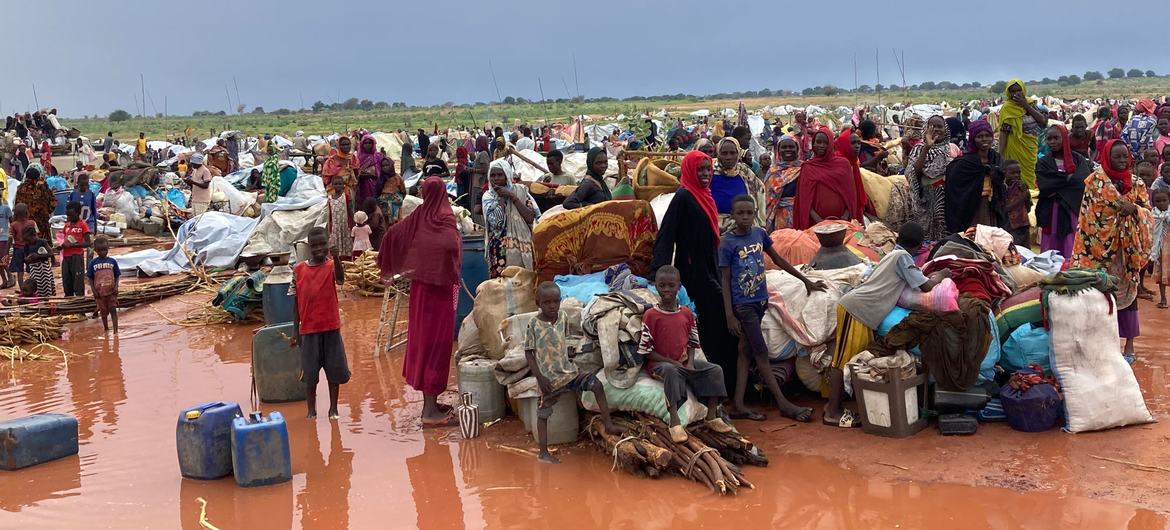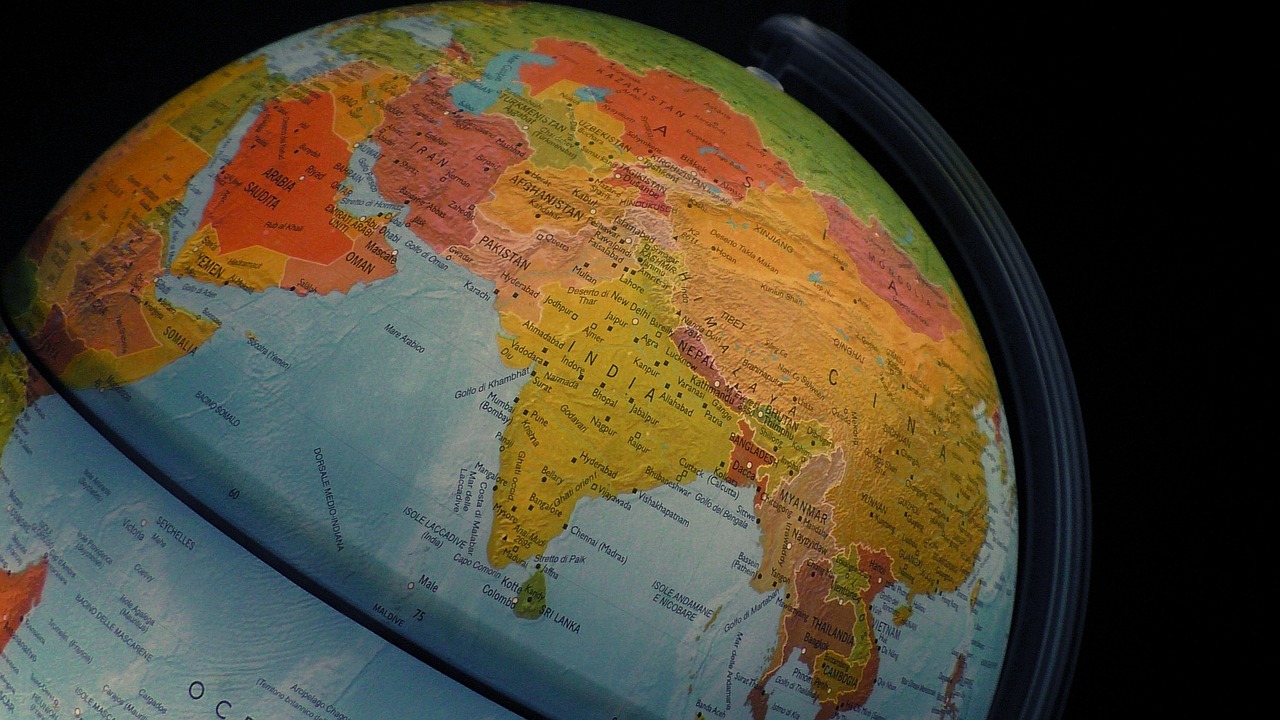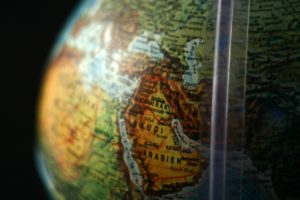While global attention focuses on major conflicts and dramatic disasters, a significant human crisis is silently taking root: that of internally displaced persons. The latest report by the Internal Displacement Monitoring Centre (IDMC) reveals staggering figures — and a collective failure to protect the most vulnerable.
They haven’t crossed any borders, yet millions have lost everything. Driven from their homes by war, political turmoil, or climate disasters, internally displaced people — those forced to flee without leaving their country — have reached record numbers in modern history. According to the IDMC’s May 2025 report, by the end of 2024, 83.4 million people were living in internal displacement across 117 countries and territories. This is more than double the figure from a decade ago — a staggering number that underscores the steady erosion of basic protections.
Though this crisis is global, its impacts are far from equal. Sudan, gripped by a devastating civil conflict, has become the epicenter with 11.6 million internally displaced — the highest ever recorded in a single country. The Democratic Republic of Congo and Syria, both scarred by decades of violence, each host over six million displaced individuals. Behind these numbers lies an immense human tragedy: fragmented families, children out of school, and entire generations trapped in instability.
But war is not the only driver. In 2024, natural disasters triggered a record level of internal displacement: 45.8 million internal movements were recorded, many as part of mass evacuations. The United States accounted for the highest number of disaster-related displacements — over 11 million — due to a series of extreme hurricanes, notably Hurricane Milton, which alone caused nearly six million displacements, setting a global record.
Everywhere, those most affected are often those already vulnerable due to poverty or exclusion. In Brazil, historic floods in the state of Rio Grande do Sul disproportionately impacted Black and Indigenous communities. In India, recurrent floods in Assam — a region particularly exposed to climate change — highlighted the shortcomings of preventive infrastructure. Even in wealthy countries like Japan, fragility persists: a powerful earthquake in January 2024 underscored the vital importance of local resilience.
The crisis deepens in regions where conflict and disaster overlap. In eastern DRC, flooding hit areas already ravaged by fighting, cutting off humanitarian routes and triggering food shortages. In Gaza, where nearly 90% of the population had already been displaced by early 2024, successive military operations forced residents to flee repeatedly. This cycle of repeated displacement — often within so-called “safe zones” — only worsens people’s vulnerability and shatters any remaining hopes of returning to normalcy.
The report highlights a structural failure: the chronic inability of states to provide durable solutions. Internally displaced persons rarely receive the institutional support needed to rebuild their lives. Yet some countries are showing the way forward. Colombia, for example, has implemented long-term tracking systems through its Victims’ Unit. Bangladesh, frequently hit by floods, has adopted a national internal displacement strategy backed by an action plan extending to 2042. The Philippines has enshrined the right to education for displaced children into post-disaster legislation.
Unfortunately, such examples remain the exception, and funding remains inadequate. Most internally displaced persons live in low- or middle-income countries — even as global humanitarian aid is declining. Climate finance mechanisms, loss and damage funds, and multilateral institutions like the World Bank are urged to fill the gap. Yet disbursements remain slow, often hampered by insufficient data or weak institutional capacity to implement projects.
That’s why the report emphasizes the vital importance of data. Without accurate measurement, there is no visibility. Without visibility, there can be no strategy. The IDMC, through a global partner network and a rigorous validation methodology, plays a central role in building a harmonized dataset on internal displacement. This work is more crucial than ever, as data collection faces threats from budget cuts and shifting political priorities.
Beyond the numbers, the report reminds us: internal displacement is not just a humanitarian issue — it is a political, economic, educational, and environmental challenge. It affects national cohesion, regional stability, the futures of children without schooling, access to healthcare, and deep-rooted inequalities in gender and ethnicity. It is also a reflection of our collective failures — a silent indicator of the erosion of the most basic human rights.
As the 2030 Sustainable Development Goals approach, the lack of progress on internal displacement risks derailing the entire global agenda. The report serves as a call to action: to no longer relegate millions of women, men, and children to the shadows — lives upended not by choice, but by tragedy.














